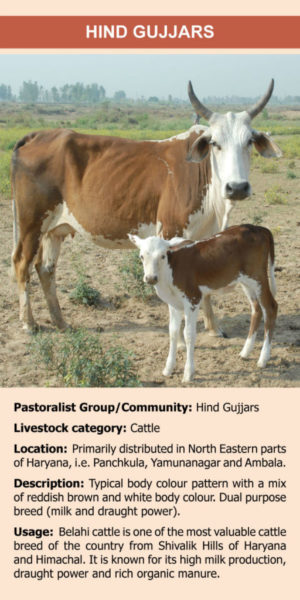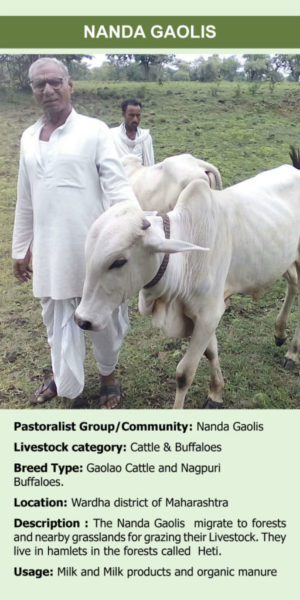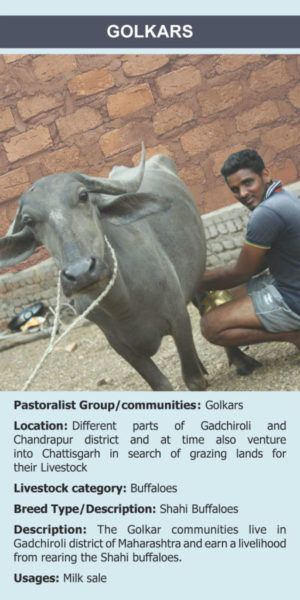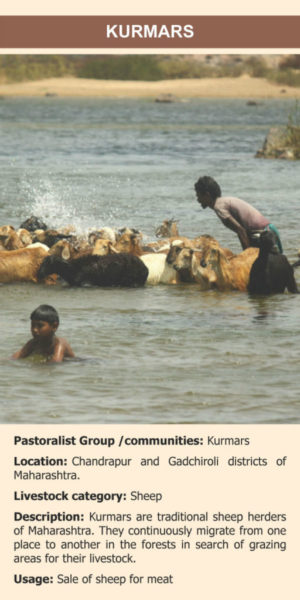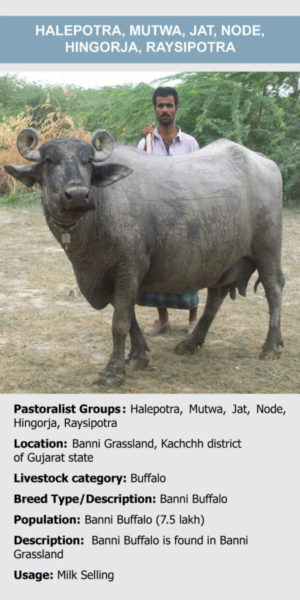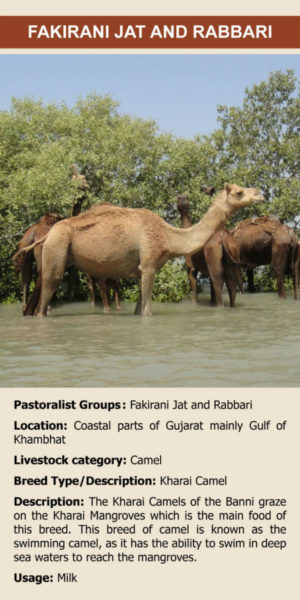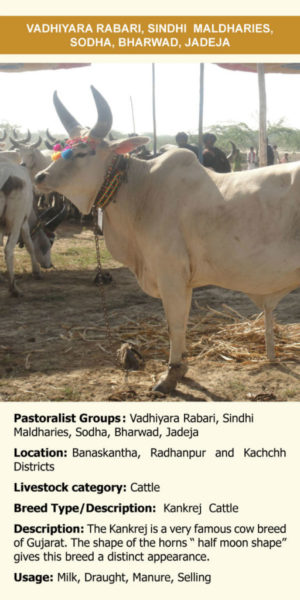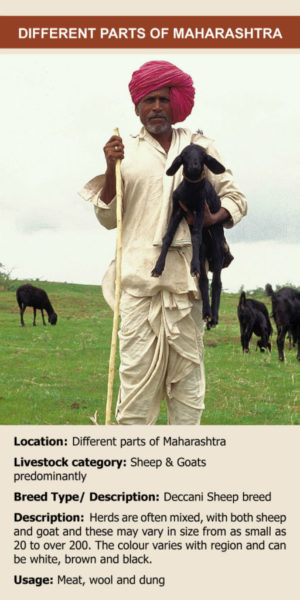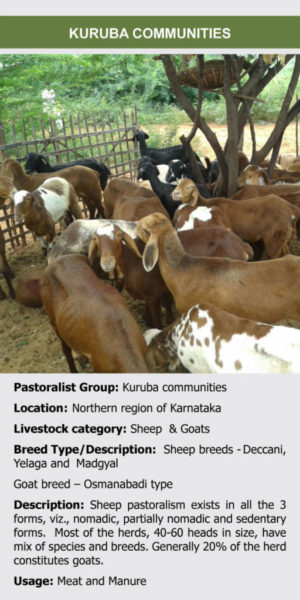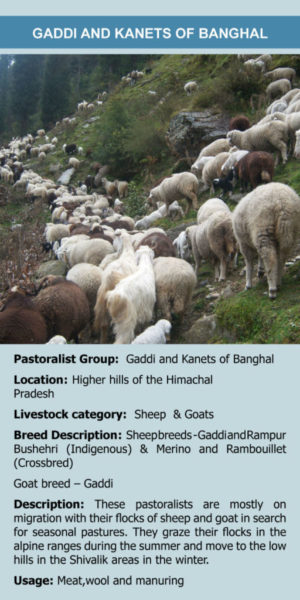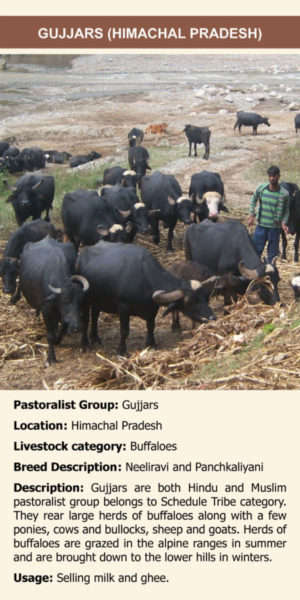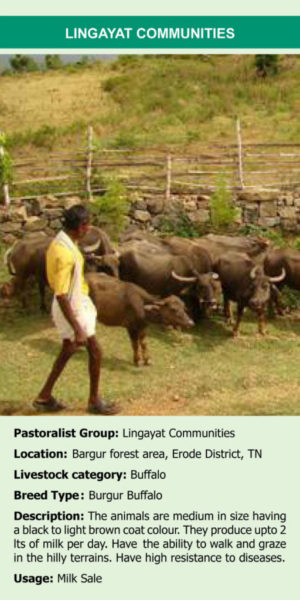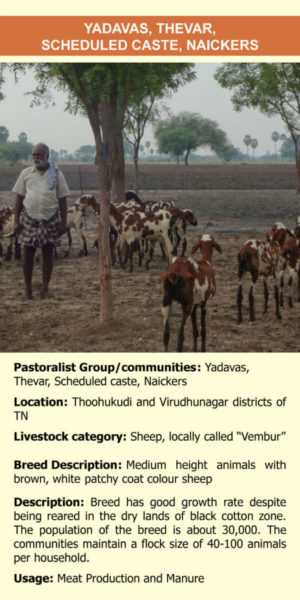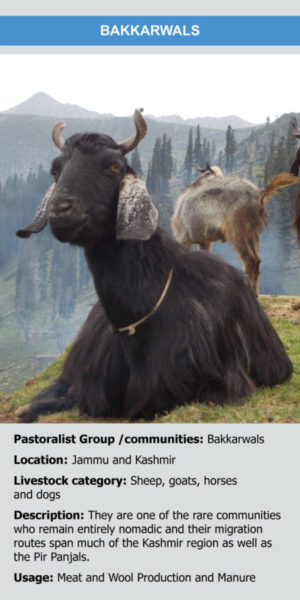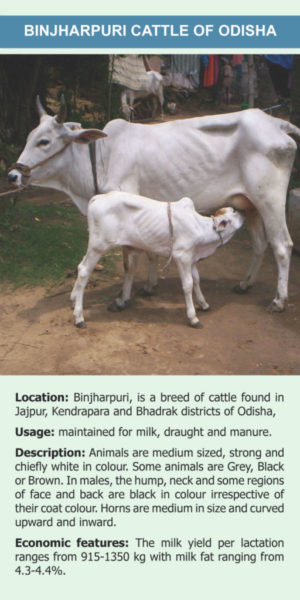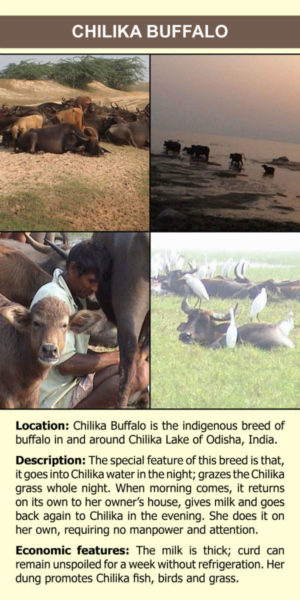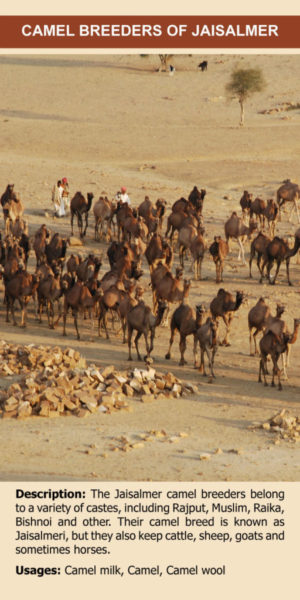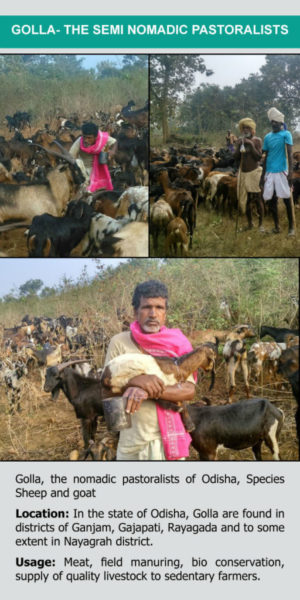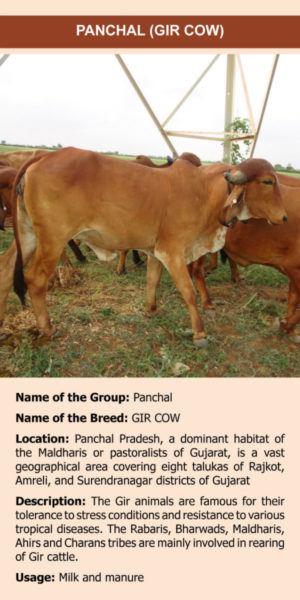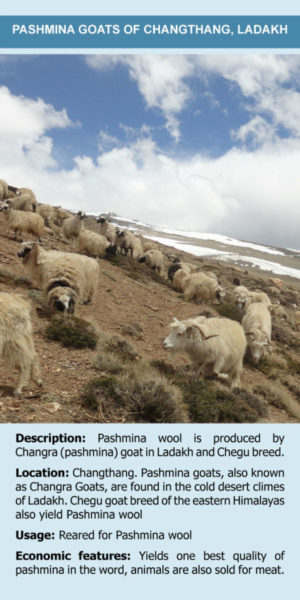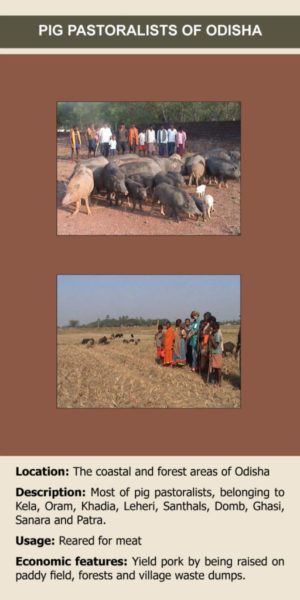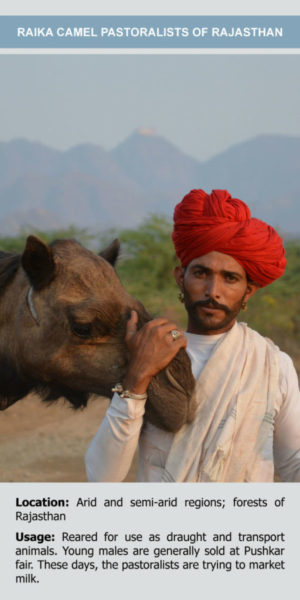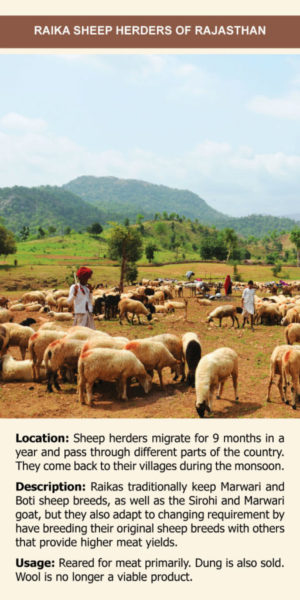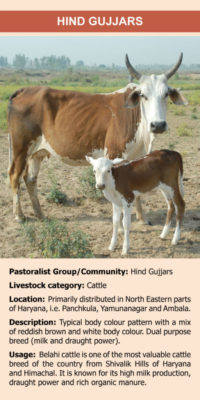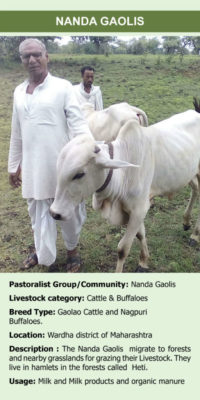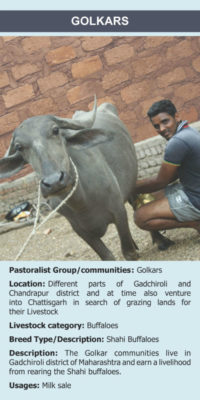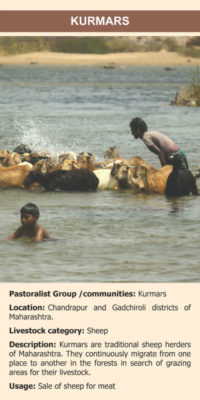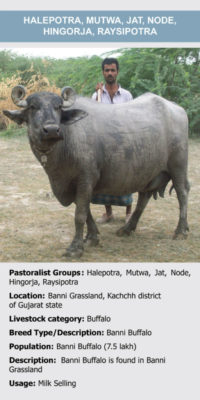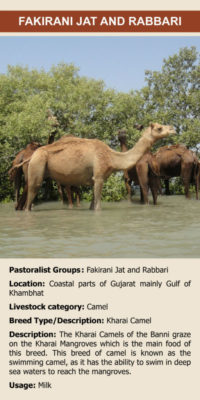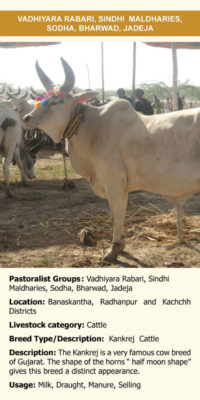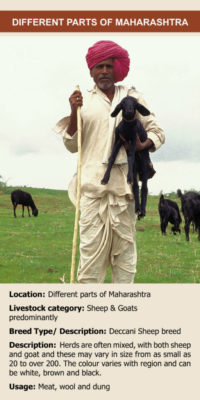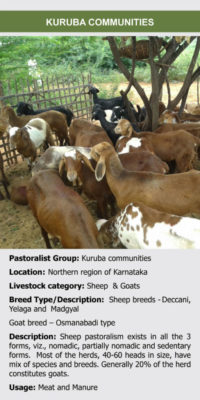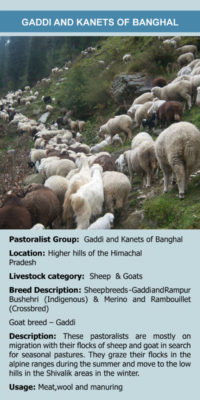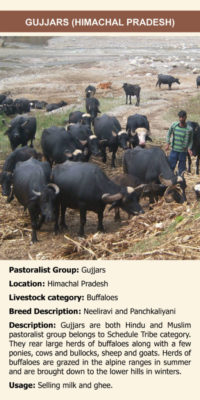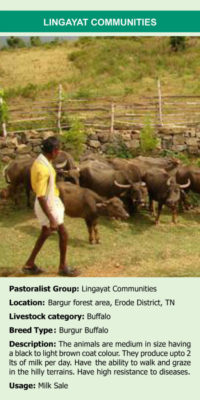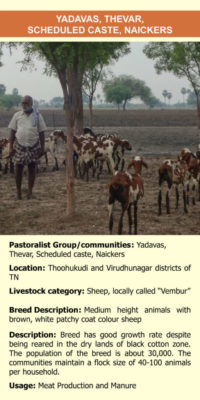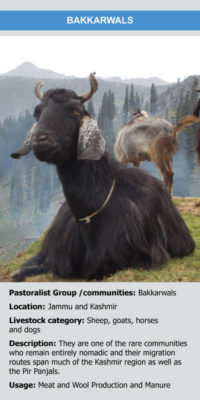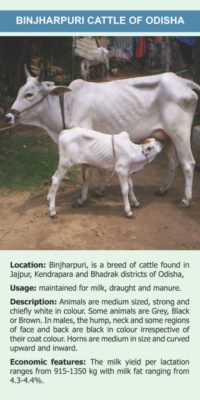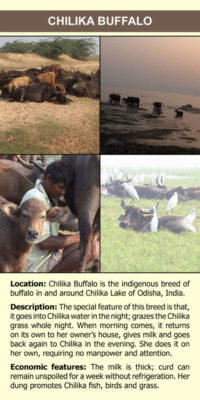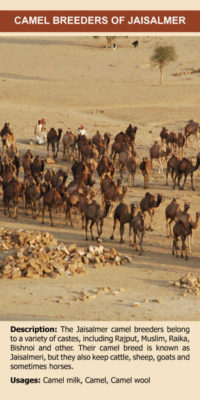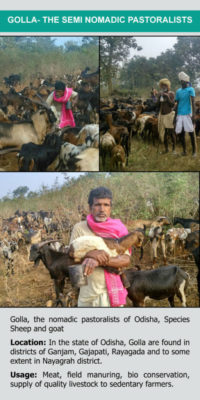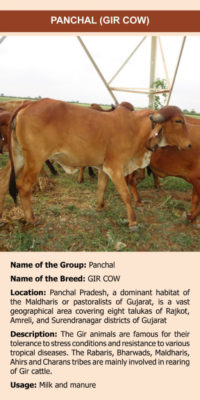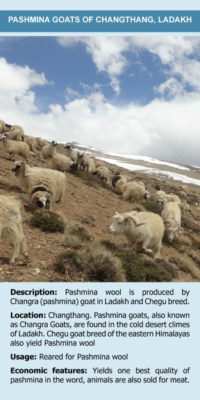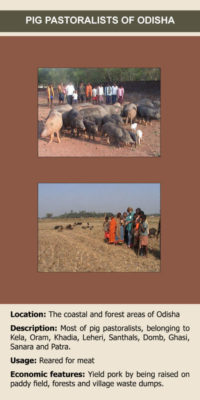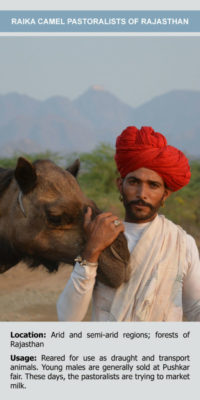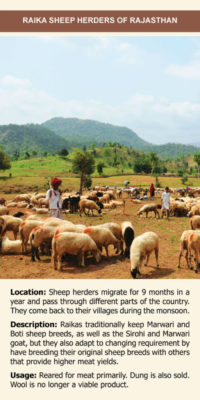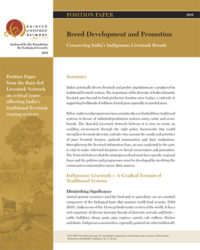Conserving India’s Indigenous Livestock Breeds
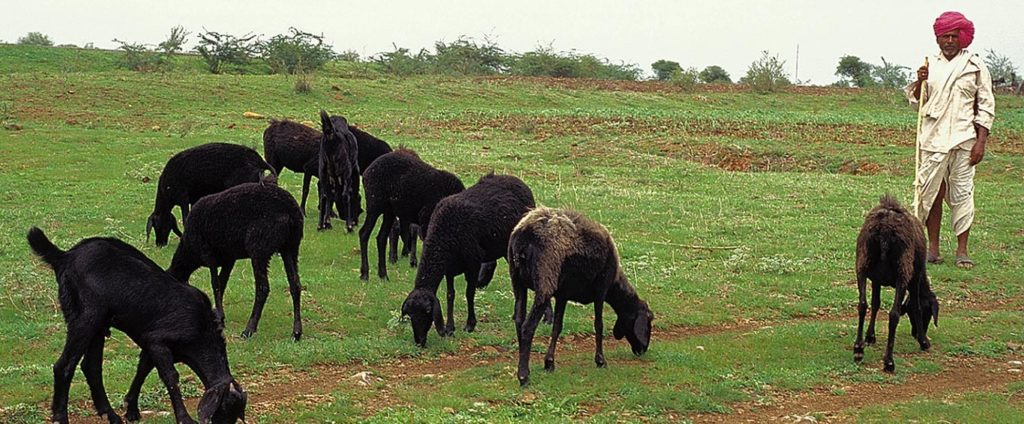
Revitalising Indigenous Livestock Breeding and Development Strategies
India’s genetically diverse livestock and poultry populations are a product of its traditional livestock systems. The importance of the diversity of India’s domestic livestock goes beyond its food production function since it plays a vital role in supporting livelihoods of millions of rural poor, especially in rain fed areas.
For a country the size of India with a livestock population of over 512.05 million, the number of recognized and registered breeds is very small. We have only 183 registered breeds. Even countries the size of the Netherlands have a larger number of breeds. Most of these breeds were described or registered by the British in their records although references to traditional breeds probably existed in the records of local kingdoms. Most importantly they existed as living examples among the communities themselves. Several populations have been termed nondescript, and from Independence until 2010 no new breeds were added to the breed registry. It is believed that only 20 to 25 per cent of the total animal population of India has been characterized and recognized. This misses out on India’s true genetic potential – if we do not record and register our breeds, we will never have a near-accurate count of the vast gene pool, germplasm and genetic diversity. We would also never know what we have lost should these breeds suddenly or quietly disappear.
However since 2010, the situation has changed thanks to the efforts of the NBAGR (National Bureau of Animal Genetic Resources) , state agricultural and veterinary universities and several NGOs working closely with livestock-rearing communities. 40 new breeds have been registered and characterized, thereby uncovering the richness of genetic material so far unknown. Several more perhaps exist as yet unknown and undescribed which need to be identified.
In veiw of the above, RLN is working with different groups to uncover and discover this hidden potential by:
- Enabling Policy Framework to Strengthen Livestock Diversity
- Inventory, Characterization and Monitoring of Animal Genetic Resources
- Recognition and Support to Pastoralists and Small-Scale Livestock Keepers and their Institutions in Conservation of Animal Genetic Resources

